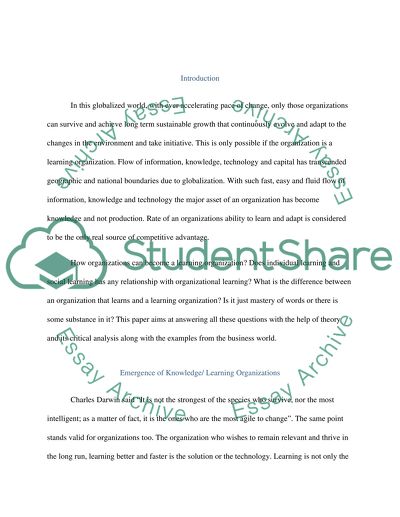Cite this document
(“Strategy and organizational learning Essay Example | Topics and Well Written Essays - 3000 words”, n.d.)
Retrieved from https://studentshare.org/environmental-studies/1421069-strategy-and-organizational-learning
Retrieved from https://studentshare.org/environmental-studies/1421069-strategy-and-organizational-learning
(Strategy and Organizational Learning Essay Example | Topics and Well Written Essays - 3000 Words)
https://studentshare.org/environmental-studies/1421069-strategy-and-organizational-learning.
https://studentshare.org/environmental-studies/1421069-strategy-and-organizational-learning.
“Strategy and Organizational Learning Essay Example | Topics and Well Written Essays - 3000 Words”, n.d. https://studentshare.org/environmental-studies/1421069-strategy-and-organizational-learning.


